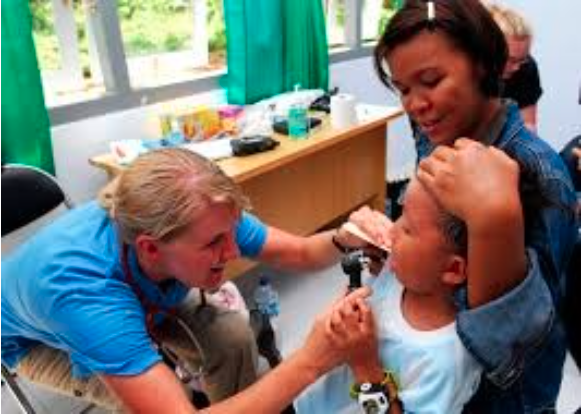GP job satisfaction falls while the challenges to the sector increase

A drop in job satisfaction among GP’s, an increase in the number of women working in the role and significant funding reforms, are transforming general medical practice in Australia, according to a major new study from the Melbourne Institute of Applied Economic and Social Research at the University of Melbourne.
Led by University of Melbourne Anthony Scott and ANZ, the Melbourne Institute Health Sector Report analyses 10 years of the latest available public data about general practice as well as the Institute’s custom-designed longitudinal study - the Medicine in Australia: Balancing Employment and Life (MABEL) survey of doctors.
“As Australia’s population ages and the burden of chronic disease grows, GP’s are playing an increasingly crucial role, with primary care accounting for more than 35 per cent of the $162 billion health sector,” Professor Scott said.
The report found:
- The number of Australian GP’s, which totalled 32 275 in 2014-15, is growing relatively slowly. But, for every new GP there are 10 new specialists.
- There are more women working as GPs – up from 33 per cent in 2005 to 40 per cent in 2015 – but they earn 25 per cent less than male doctors.
- The size of general medical practices is increasing as they offer a broader range of services, such as on-site pathology. The number of general practices in Australia fell from 8084 in 2002 to 7035 in 2011.
- Meanwhile, the proportion of GP’s who own their own practices is falling, suggesting a rise in corporate ownership (estimated at 10-15 per cent of all practices).
- GP job satisfaction and work-life balance have deteriorated since 2013, which may compound the current slow growth in GP numbers and increase the difficulties in recruiting and retaining GPs in the future.
- Medicare revenue for a GP working the equivalent of full-time hours has fallen in real terms since the Medicare freeze in 2013.
“GP’s face continuing and significant challenges due to funding and demographic changes in the medical workforce that are influencing the structure of the sector,” Professor Scott said.
“Increased numbers of women, larger practices and corporate ownership are interacting with declining real Medicare funding per GP and new funding models. This could lead to a more efficient sector, for example, due to increased practice size.”
Professor Scott said because GP’s job satisfaction is falling, it could be more difficult to recruit and then retain GP’s in a sector that already struggles to compete with higher-earning specialities.
ANZ Head of Health Natalie Smith said: “We’re pleased to partner with the University of Melbourne on the launch of this report to highlight key trends in the GP sector.
“GPs play a critical role in the health care industry. Understanding the trends and impacts on GP’s is important to ensure access and quality are maintained for patients.”